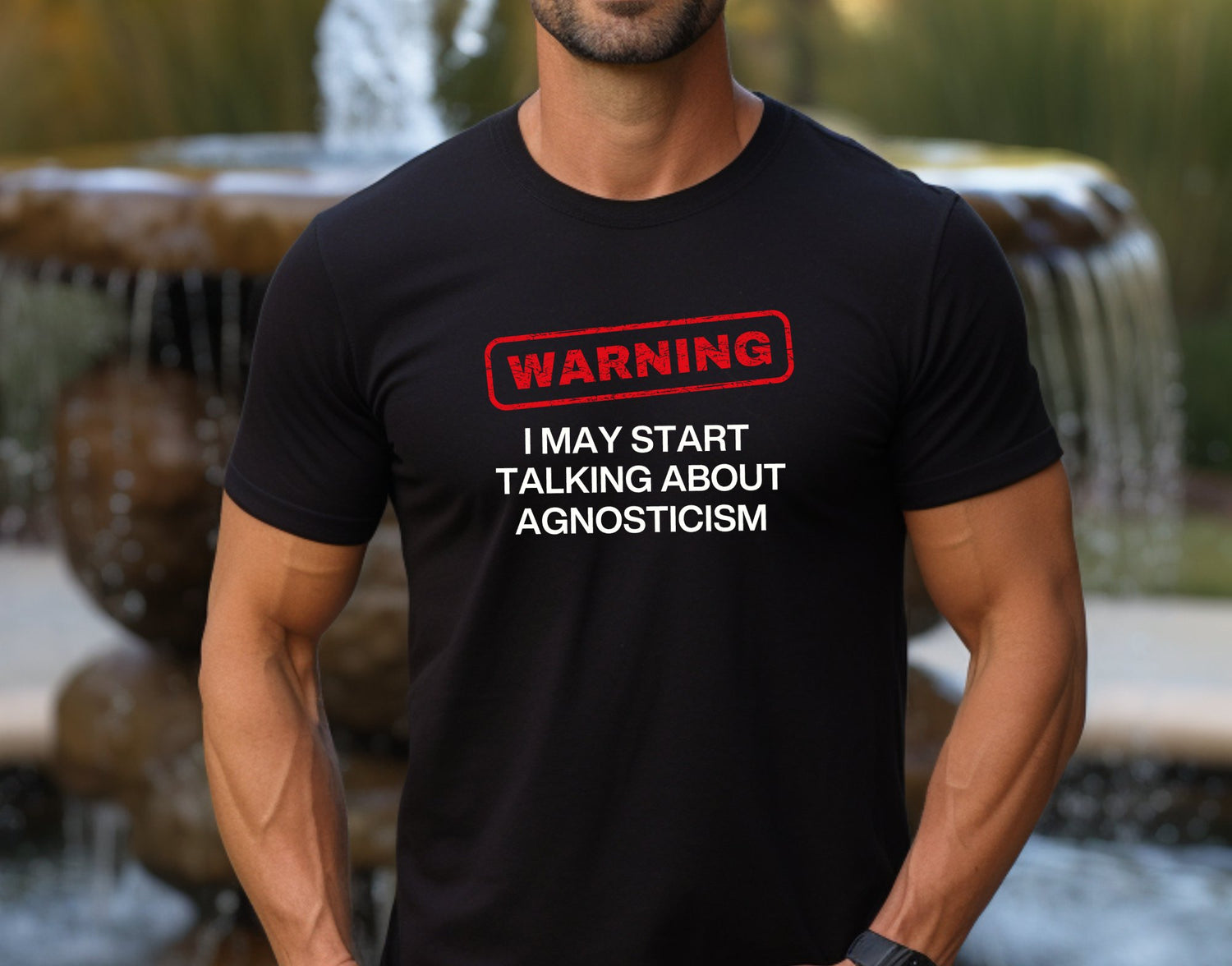Silence as a Form of Communication
Silence is often overlooked in discussions about communication, yet it can be just as powerful as words—if not more so. Ludwig Wittgenstein, one of the most influential philosophers of language, argued that silence is not merely an absence but a meaningful presence. It can serve as both a bridge and a barrier in human understanding, shaping interactions in ways that words sometimes cannot.
The Comfort of Silence
In moments of distress, words can feel inadequate. Imagine a friend facing a difficult situation—offering advice may unintentionally complicate their emotions. In such moments, silence itself becomes a form of support, conveying empathy and presence without the risk of misplaced words. The ability to sit in silence with someone is often more powerful than any verbal reassurance, reinforcing the idea that not all emotions require articulation.
When Silence Becomes a Barrier
However, silence is not always comforting. In debates, disagreements, or tense conversations, silence can act as a wall rather than a bridge. It may be perceived as detachment, disinterest, or even passive resistance. A pause in conversation can create uncertainty and misinterpretation, leaving space for assumptions to take hold. When people expect dialogue but are met with silence, the absence of words can complicate rather than clarify.
Wittgenstein and the Limits of Language
Wittgenstein’s famous statement, “Whereof one cannot speak, thereof one must be silent,” highlights the limits of language. Some experiences, emotions, and truths exist beyond the reach of words. This does not mean they are meaningless—rather, they defy verbal articulation, leaving silence as the only authentic response. Recognizing these limits helps us navigate moments when language fails, allowing us to respect the depth of what cannot be spoken.
The Dance Between Speech and Silence
In relationships, knowing when to speak and when to be silent is an art. Silence can be a source of comfort, but it can also create distance. The key is recognizing when words are needed and when presence alone is enough. This delicate balance forms the foundation of deep understanding, where true connection is not always found in what is said, but in the shared space where words are absent.
Embracing Silence
Silence carries a dual nature, capable of healing or dividing. It can offer clarity in chaos, or create uncertainty in moments of expectation. Understanding how and when to use silence allows us to navigate conversations, relationships, and even our own thoughts more effectively. When we embrace silence not as emptiness but as a meaningful presence, we unlock new ways to communicate, connect, and comprehend the world around us.





















































